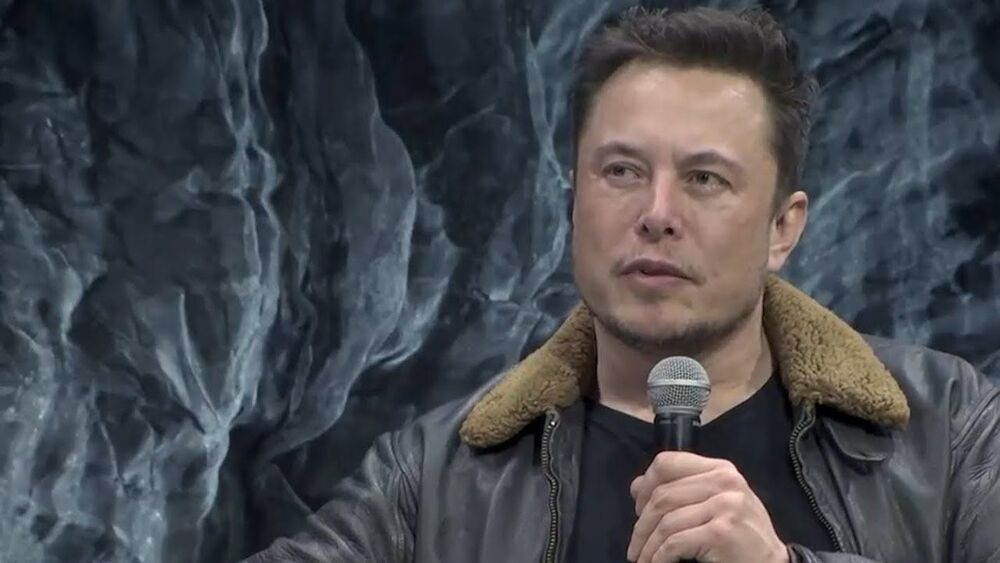Dec 12, 2020
Mars Has Even Less Liquid Water Than Previously Thought
Posted by Bruce Dorminey in category: space
New study upholds the view of Mars as a water-poor, frozen desert; devoid of liquid surface water.
New study upholds the view of Mars as a water-poor, frozen desert; devoid of liquid surface water.
Physicists give us an early view of a third kingdom of quasiparticles that only arise in two dimensions.
Circa 2006 o.,o.
Researchers at the National Institute of Standards and Technology and the University of Colorado at Boulder have designed a carbon nanotube knife that, in theory, would work like a tight-wire cheese slicer.
In a paper presented this month at the 2006 International Mechanical Engineering Congress and Exposition, the research team announced a prototype nanoknife that could, in the future, become a tabletop tool of biology, allowing scientists to cut and study cells more precisely than they can today.
Continue reading “On the cutting edge: Carbon nanotube cutlery” »
Sunday marked the second time Kathy Sullivan made history.
Nearly 25 years after she became the first US woman to walk in space, Sullivan became the first woman to ever reach Challenger Deep, the deepest point in our planet’s oceans. She’s the only person ever to do both.
Challenger Deep lies nearly 7 miles (11 kilometres) below the Pacific Ocean’s surface within the Mariana Trench about 200 miles (300 kilometres) southwest of Guam.
For years, futurists have attempted to predict when, in the future, we will finally achieve the technological singularity’’ — a technological breakthrough so profound, it changes the course of humanity. Specifically, futurists have been talking about the moment when super-human artificial intelligence becomes reality. Or — to put it simply — when computers become smarter than people.
However, at Centaura, we believe that the world needs to prepare for a different singularity — one that might arrive even before super-human intelligence. It’s the moment when humans have the power to slow down — and even reverse aging.
The idea of the singularity first became popular nearly thirty years ago by the science fiction writer Vernor Vinge. In his essay The Coming Technological Singularity, he famously declared, Within thirty years, we will have the technological means to create superhuman intelligence. Shortly after, the human era will be ended.

Potholes may soon reach the end of the road, as an Oxfordshire village hosts the first UK trial of a graphene-based wonder material designed to prevent cracks forming.
Graphene is a super-strong material made of specially-structured carbon.
Continue reading “Graphene is being used to surface a road in Oxfordshire” »

Bitcoin has been hyped as the currency of the future. And it does have its advantages, as we discussed in the previous video. However, Bitcoin is far from perfect. Because of its finite supply, there is the real possibility of “lost Bitcoins” leading to lost fortunes. These lost fortunes may lead to the erosion of public trust in Bitcoin.
Discord Link: https://discord.gg/brYJDEr.
Patreon link: https://www.patreon.com/TheFuturistTom.
Please follow our instagram at: https://www.instagram.com/the_futurist_tom.
For business inquires, please contact [email protected].

A future manned mission to Mars might require mankind not just to improve its technological capabilities but also to tweak human DNA a bit in order to help them cope with inhospitable conditions there, space.com reports.
:ooooooooooo.
How bright is your flashlight? I only have the one on my phone because I’m completely unprepared for any sort of emergency situation. Well, presumably with the belief that it should be daylight all the time, the team over at Hacksmith Industries took it upon themselves to build a giant, 1,414,224 lumen flashlight. I can already imagine myself staring at it until I go blind.
Continue reading “Team Builds 1.4 Million Lumen ‘World’s Brightest’ Flashlight” »
Circa 2019
The average car features up to 60 pounds of copper wiring, but researchers are looking to reduce some of that weight. Combing aluminum with carbon nanotubes could be the solution, those researchers believe. The nanotubes reportedly add strength and conductivity to lightweight aluminum.
